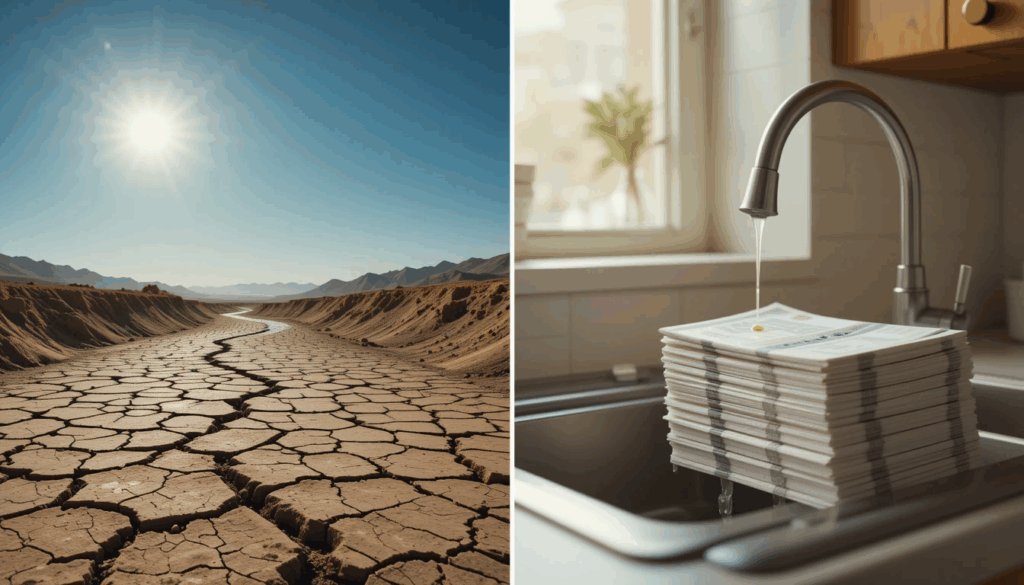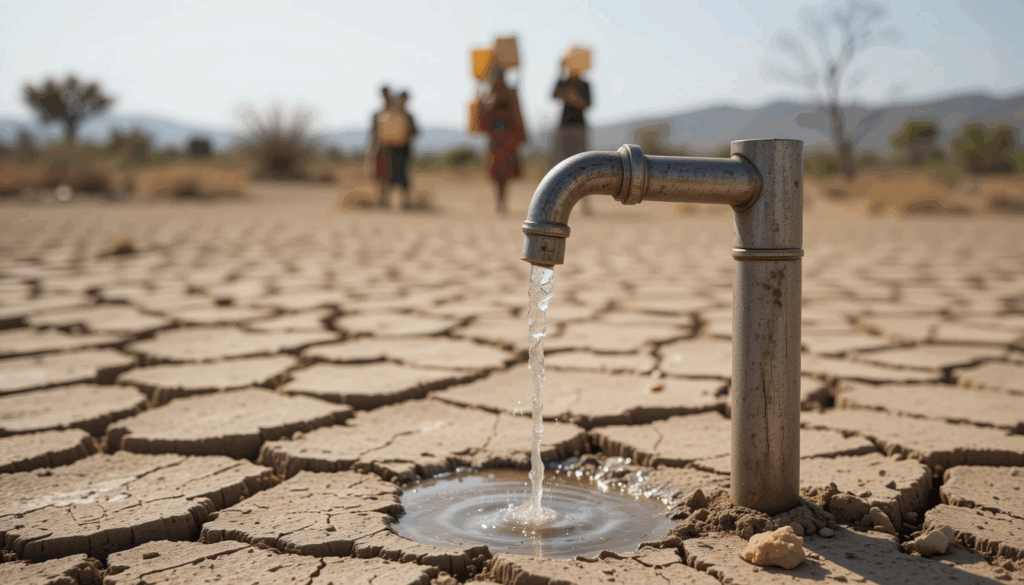In the sunbaked neighborhoods of Phoenix, Arizona, where thermometers often hit 110°F, residents like Maria Gonzalez face a cruel paradox: the hotter the summer, the higher their water bills. This isn’t just bad luck—it’s the reality of water scarcity premiums, a hidden tax on regions where droughts collide with privatized water systems. Across the American Southwest, drought-stricken communities are reporting utility bills that spike by 30–50% during dry seasons. Why? When reservoirs shrink, municipalities and private corporations often pass infrastructure upgrades and emergency water imports onto consumers. For low-income households, this creates impossible choices: pay the bill or buy groceries. The root cause? Water privatization effects are magnifying inequality. Private companies managing public water systems under strain frequently prioritize profit over equity, hiking rising water tariffs to fund pipelines or desalination plants. Meanwhile, water-stressed communities in states like Nevada and California see their water infrastructure costs balloon as aging pipes leak millions of gallons—costs again shifted to residents.










